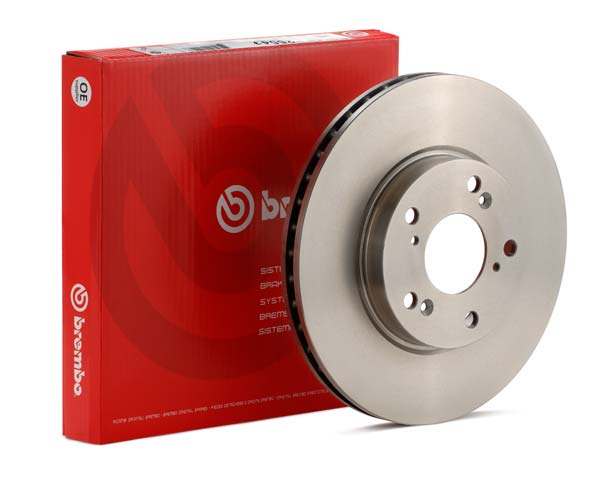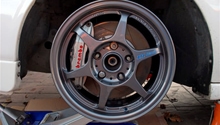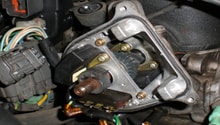Honda: Why are Blank Rotors Better than Slotted/Drilled Rotors?
The automotive parts market is flooded with all types of upgrades and promises, leading many to partake in buying upgrades that never seem to actually work for their application. Drilled and slotted brake rotors actually fall into that criteria, failing to provide the brake power a daily driver would actually need. This article explains why blank rotors are better than drilled and slotted rotors.
This article applies to the Honda Civic (1992-2000).
The battle of the brakes has been going on for as long as the big block guys have hated the turbo nuts. Blank rotors developed a bad reputation in the early 1950's when they were not as efficient. So, drilled and slotted rotors decidedly became the next best thing in brake technology. However, that was the case 50 years ago; today, the truth is blanks are the least expensive and overall best option for replacing your worn rotors.
Blank Rotors
The key to a brake rotor's stopping power is its heat dissipation. Blank rotors were considered obsolete by many when they were paired with older brake pads that used material such as asbestos to induce the friction power. Unfortunately, the different types of materials would release types of gases. Slotted rotors were supposed to be a remedy for those gases. Nowadays, the available braking technology has moved up, as seen in present day blank rotors, which are made from solid cast iron, and modern brake pads, which are made from metallic and semi-ceramic compounds. These blank rotors simply do not produce the so-called dangerous gases anymore. Blank rotors also offer the best friction-inducing surface area, following a simple formula where more metal creates more friction. With no holes or slots in the surface, there is more surface area, which means more stopping power.

Drilled/Slotted Brake Rotors
The first things people see when they look at performance cars are the wheels and what's right behind the wheels: those racecar-type rotors. There's even a fan-club created for those who love big brake kits, calipers, and drilled/slotted rotors. Although they look cool, they simply do not hold up compared to the stopping power of a blank rotor. All the drilled and slotted areas on the braking surface means less metal is available. This lessens the braking consistency of the rotor. Buyer should also beware of having blank rotors slotted to their satisfaction. Although high-end performance vehicles utilize drilled/slotted builds, their rotors are forged that way from factory. Cutting into the stock rotor lessens its structural integrity, leading to stress cracks or complete unit failure. Unless you are looking into buying forged drilled and slotted rotors, then there is little advantage in purchasing the rotors, besides how they look. Some may even say they decrease the braking power of your car.

Figure 2. Drilled and slotted rotors. 
Figure 3. Crack on a drilled rotor.
Final Verdict
Blank rotors offer the best bang for your buck. They are relatively inexpensive and widely available. They heat up faster and create more friction than their slotted counterparts, creating a better braking environment. If you like the slotted design and can find inexpensive forged drilled and slotted rotors, then by all means get them. They can essentially provide similar braking power and give you that look you want. However, steer clear from machine-drilled aftermarket rotors, which are the most common ones available.
Related Discussions
- Blank Rotors Better Than Cross Drilled/Slotted Rotors - Honda-Tech.com
- Why Blank Rotors are Better - Honda-Tech.com






